Diesel Mechanical Parts: Quick Fault Diagnosis Guide
For any facility relying on diesel generators, unexpected downtime is more than an inconvenience—it's a costly threat to productivity and operational continuity. When your generator fails, quickly identifying the faulty Diesel mechanical parts is the key to a swift recovery. This guide provides a clear, actionable roadmap to diagnose common mechanical issues in diesel generators. By understanding the symptoms and their common causes, you can dramatically reduce troubleshooting time, target your repairs effectively, and get your power back online faster. A systematic approach to inspecting Diesel mechanical parts is your first and most powerful defense against prolonged outages.
Starting System Failures
A generator that fails to start or cranks slowly often has issues within its starting circuit or core mechanical assemblies.
Symptoms: No response when starting, slow cranking, or clicking sounds.
Common Culprits & Checks:
Battery & Connections: Check battery voltage and terminal connections for corrosion. A weak or dead battery is a primary cause of starting failure .
Starter Motor & Solenoid: Listen for a distinct click without engine turnover, which may indicate a faulty solenoid or starter motor .
Mechanical Seizure: If the engine does not turn at all and the battery is confirmed healthy, internal seizure of core Diesel mechanical parts, such as pistons, bearings, or the crankshaft, should be suspected .
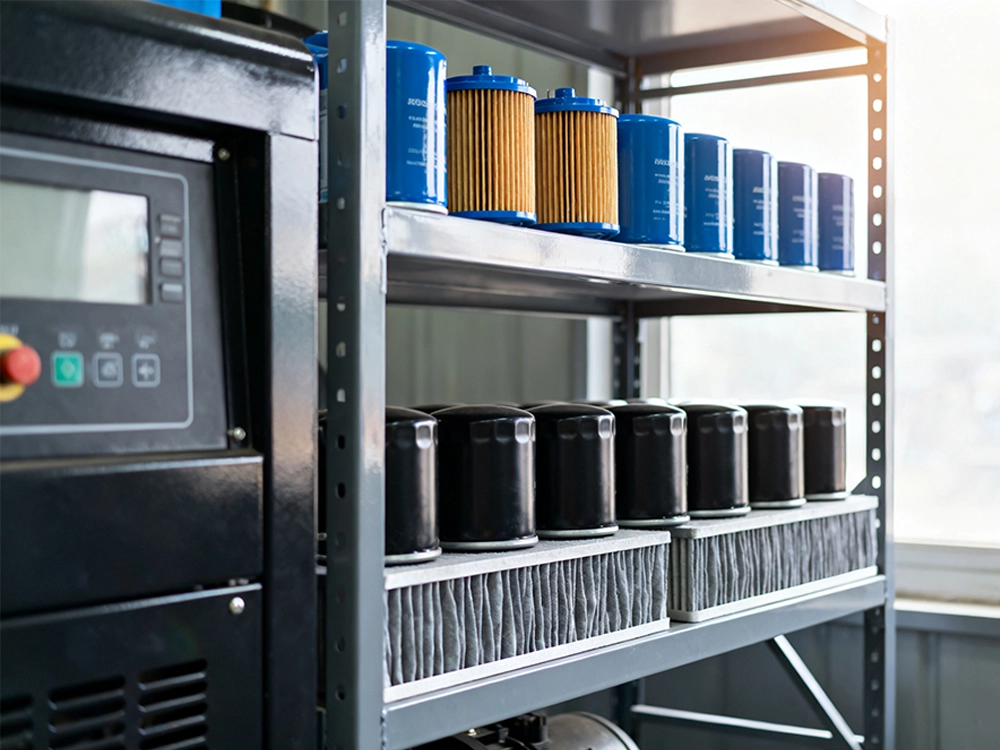
Power Loss & Performance Issues
A noticeable drop in generator power or unstable operation under load points to problems in several key systems.
Symptoms: Lack of power, stuttering under load, or failure to reach rated RPM.
Common Culprits & Checks:
Fuel System: Inspect fuel filters for clogs and check the fuel injection system. Poor spray pattern from worn injectors can cause incomplete combustion .
Air Intake & Turbocharger: A clogged air filter restricts airflow. For turbocharged engines, check for boost leaks, damaged compressor wheels, or excessive shaft play in the turbocharger .
Compression Loss: Low cylinder compression, due to worn piston rings, cylinder liners, or improperly seated valves, will directly cause power loss .
Excessive Smoke Emission
The color of exhaust smoke is a highly diagnostic indicator of underlying issues with fuel combustion or oil control.
Black Smoke:
Cause: Incomplete combustion due to an overly rich fuel-air mixture.
Checks: Inspect air filters for restrictions, check fuel injectors for proper spray pattern and leakage, and verify turbocharger boost pressure .
Blue Smoke:
Cause: Burning of engine oil in the combustion chamber.
Checks: Investigate worn piston rings or cylinder liners, worn valve seals, or turbocharger seal failures that allow oil to leak into the intake or exhaust systems .
White Smoke:
Cause: Unvaporized fuel or coolant entering the combustion chamber.
Checks: This can indicate faulty injectors, incorrect injection timing, or more seriously, a cracked cylinder head or blown head gasket allowing coolant to leak in .
Abnormal Noises & Vibrations
Unusual sounds and shaking often serve as early warnings of mechanical failures. Learning to identify these acoustic clues is crucial for proactive maintenance of your Diesel mechanical parts.
Clicking/Tapping Sounds:
Likely Source: Excessive valve clearance or worn rocker arm components. This requires checking and adjusting the valve lash to specifications .
Knocking/Pounding Sounds:
Likely Source: Worn main or connecting rod bearings. A deep knock from the engine's lower end is a serious sign that requires immediate attention to prevent catastrophic failure .
Other Causes: Can also be caused by incorrect fuel injection timing.
Excessive General Vibration:
Likely Source: Loose engine mounts, a misfiring cylinder, or a damaged harmonic balancer. Imbalances in the rotating assembly can also be a cause .
Oil Pressure & Consumption Problems
Sudden changes in oil pressure or abnormal oil consumption are critical warnings that should never be ignored.
Low Oil Pressure:
Symptoms: Warning light or low gauge reading.
Checks: Check oil level and viscosity. If these are correct, the issue may be a worn oil pump, clogged oil pickup screen, or excessive bearing clearances .
High Oil Consumption:
Symptoms: Need for frequent top-ups without visible leaks.
Checks: As with blue smoke, inspect for worn piston rings, cylinder liners, and valve guide seals. Also, check for turbocharger seal leaks .
Cooling System Troubles
Overheating is a major cause of engine damage. The cooling system protects all major Diesel mechanical parts from thermal stress.
Symptoms: High coolant temperature gauge, coolant loss, or steam.
Common Culprits & Checks:
Coolant Leaks: Visually inspect for leaks from hoses, the radiator, the water pump seal, and the head gasket.
Internal Blockages: Scale or corrosion can block coolant passages.
Water Pump & Thermostat: A failed water pump impeller or a stuck-closed thermostat can prevent proper coolant circulation .
Clogged Radiator: Check that the radiator's external fins are not blocked by debris, restricting airflow .
Diagnostic Tools & Proactive Maintenance
Using the right tools and a proactive mindset can transform your maintenance strategy from reactive to predictive.
Essential Tools:
Multimeter: For verifying battery voltage and checking electrical circuits.
Mechanical Stethoscope: Ideal for pinpointing the source of unusual noises without risking injury.
Code Scanner: For modern electronic engines, retrieving fault codes from the Engine Control Unit (ECU) is the fastest way to diagnose issues .
Proactive Maintenance Schedule:
Regular Oil & Filter Changes: Use the correct grade of oil as specified by the manufacturer. This is the lifeblood of your Diesel mechanical parts .
Monitor Fluid Levels: Check coolant and oil levels frequently.
"Three Filters" Maintenance: Regularly replace or clean air, fuel, and oil filters. A clogged air filter leads to power loss and excessive smoke, while dirty fuel and oil filters accelerate the wear of critical components .
Visual Inspections: Look for leaks, loose components, and signs of wear during routine checks.
Conclusion
Mastering the quick diagnosis of Diesel mechanical parts empowers you to maintain generator reliability and minimize operational risk. This guide provides a foundation for linking common symptoms to their probable causes, enabling faster, more targeted interventions. Remember, addressing minor issues promptly can prevent them from escalating into major, costly failures. Consistent, proactive maintenance is the most effective strategy for ensuring the longevity and dependability of your diesel generator.
Our technical support team is ready to assist you with any complex diagnostics or to provide genuine replacement parts for your generator. For professional guidance, please contact our experts at skala@whjlmech.com.
References
- Troubleshooting and Repairing Diesel Engines, 5th Edition. McGraw-Hill Education. (2018) .
- Repairing Diesel Engines: The "Eight Barriers" Principle. mySteel. (2008) .
- Diesel Technology, 8th Edition. Goodheart-Willcox Co., Inc. (2016)
 VIEW MOREEmergency standby generator set
VIEW MOREEmergency standby generator set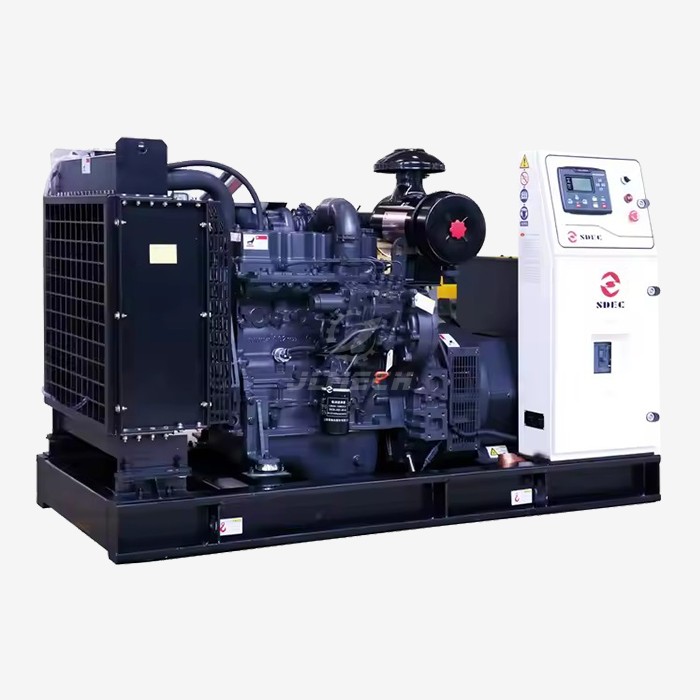 VIEW MOREgenerator 100kw diesel
VIEW MOREgenerator 100kw diesel VIEW MOREperkins 30 kva
VIEW MOREperkins 30 kva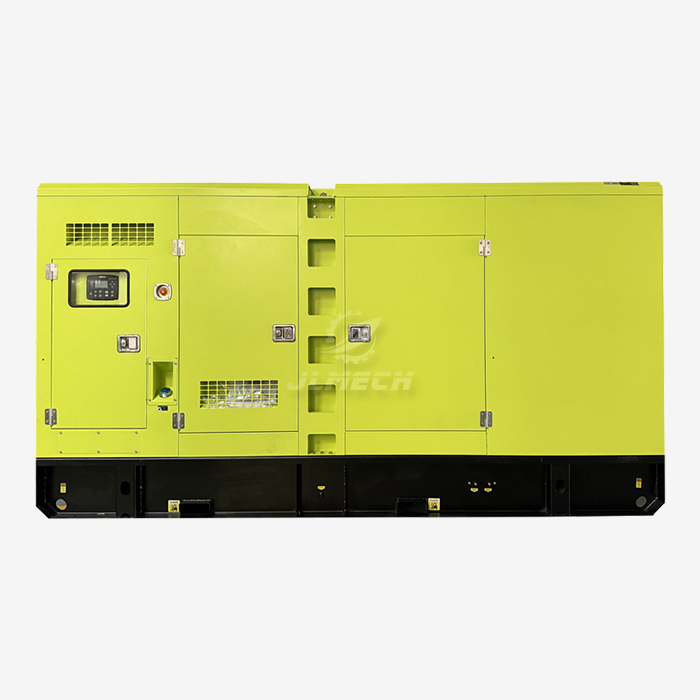 VIEW MORECustomized 100KW diesel generator
VIEW MORECustomized 100KW diesel generator VIEW MOREData center generator
VIEW MOREData center generator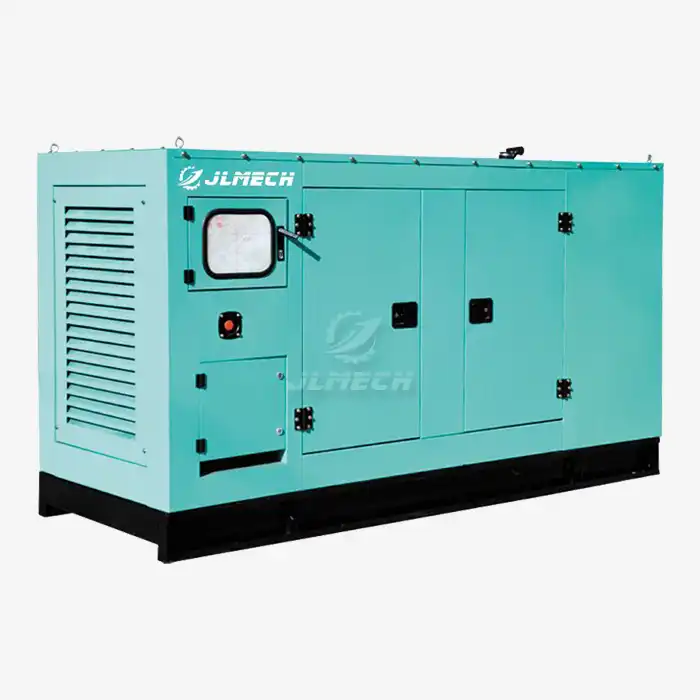 VIEW MORE35kva cummins diesel generator with silent enclosure
VIEW MORE35kva cummins diesel generator with silent enclosure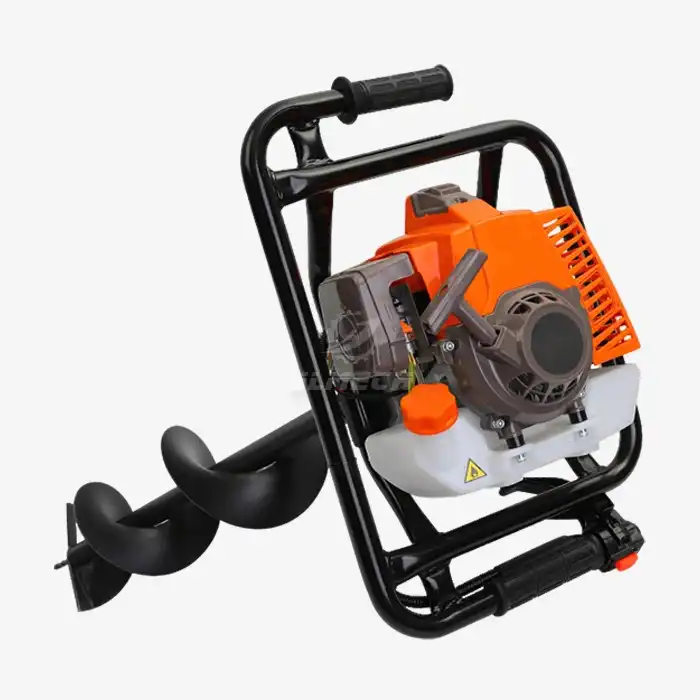 VIEW MOREland auger drilling machine
VIEW MOREland auger drilling machine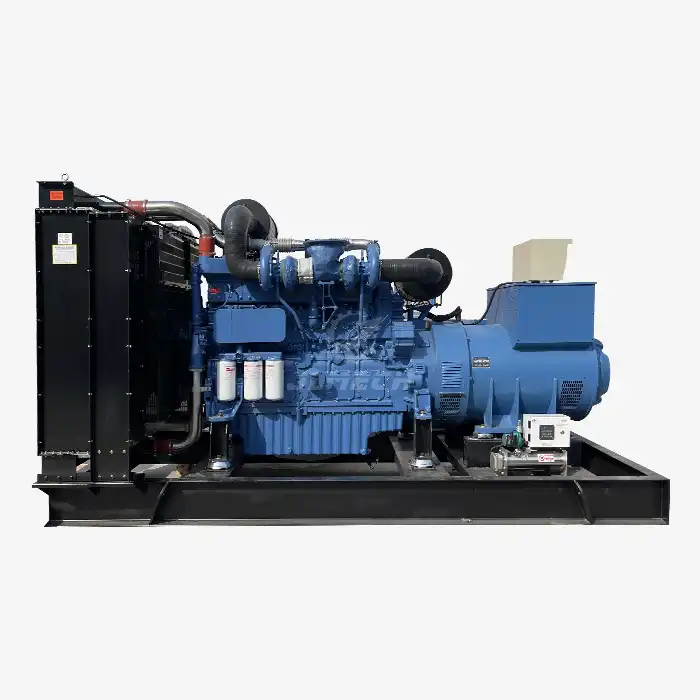 VIEW MOREdiesel generator yuchai 70kva
VIEW MOREdiesel generator yuchai 70kva



